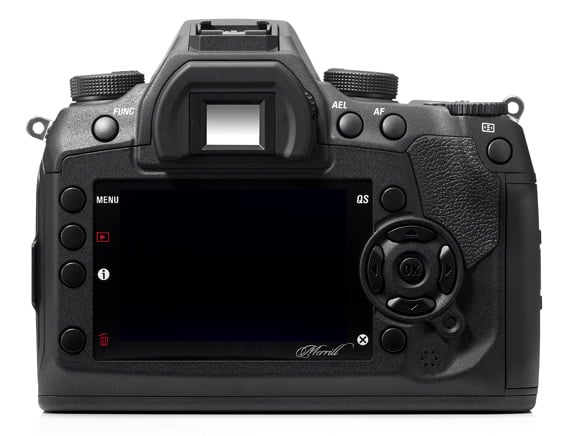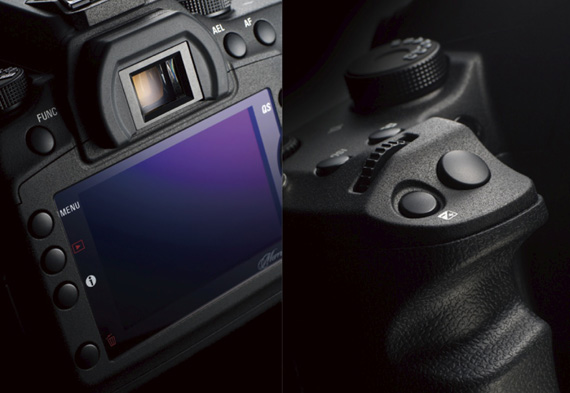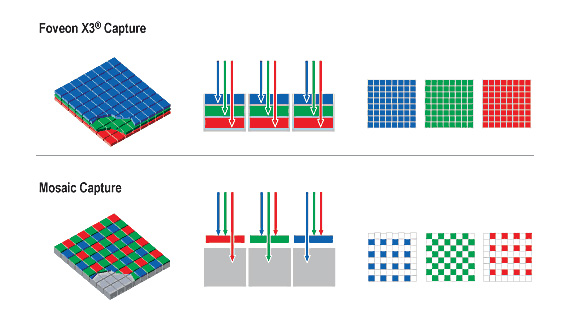This article is more than 1 year old
Sigma SD1 Merill 46Mp DSLR
Cut-price, hi-res hot shot
Sensor sensibilities
The twin dials unfortunately cannot be customised, keeping to the same functions regardless of the mode, so in semi-automatic modes one of them is always functionless and basically wasted. On the left of the top plate there is the drive mode dial, which doubles as on/off switch and includes options such as UP (a mirror-up mode) and AB – a bracketing mode that lets you define the bracketing increments of the auto bracketing.

A non-articulating LCD and no Live View either
A few other functional buttons are well placed at the rear and the side of the camera to control access to menus, playback and provide pro-like functions such as depth-of-field preview and flash compensation. The camera operation is intuitive although not always the most efficient - with some settings needing button activation and dial rotation at the same time – but all in all the SD1 Merrill remains a pleasant and user-friendly camera to use.
In use, the menus are well organised and easy to access. The main menu is structured into three brief sections that are accessed and scrolled through the four-way pad controller but the camera also offers two quick menus covering almost every setting you are likely to change during shooting. One is brought on by the Function button and consists of an interactive screen menu showing most shooting parameters on the same display, that can then be navigated with the right/left arrow buttons of the controller.

An array of buttons plus a dedicated function key aid menu navigation
The second is a Quick Set menu made of two tabs, each tab giving access to four settings. Since each setting is directly accessed by the directional arrow corresponding to its position on the display the QS menu offers a fast and immediate way to change shooting parameters.
The SD1 has quite a large and bright viewfinder through which all framing and focusing takes places since the LCD screen sadly lacks Live View. While I personally prefer to shoot through the viewfinder, sharp focus can in certain situation be obtained much more easily through Live View. Considering that the camera is particularly suited to studio work, where accurate focus on fine details is a must, the lack of such a useful focusing aid might prove a deal-breaker for some photographers.
At the heart of the SD1 lies Sigma’s 23.5 x 15.7mm Foveon X3 CMOS sensor. The technology used in the Foveon is completely different from all other sensors, as it is not based on colour filters to process and reproduce colour images. Exploiting the inherent differences in characteristics of red, green and blue light, the Foveon uses a system that captures colour data at three different levels with respect to the actual colour.

The Foveon adopts a layered approach to image capture rather than using a mosaic typical on most sensors
Basically the Foveon sensor uses three layers of pixels – around 15Mp each – to capture each of the primary colours directly before the final RGB image is created by combining the output of each colour layer. Adding these three layers together gives the 46Mp figure. However, the maximum image size remains at a 4704 x 3136-pixel maximum (around 15Mp), it's just this image has not been sliced and diced for RGB as a mosaic sensor would do.
